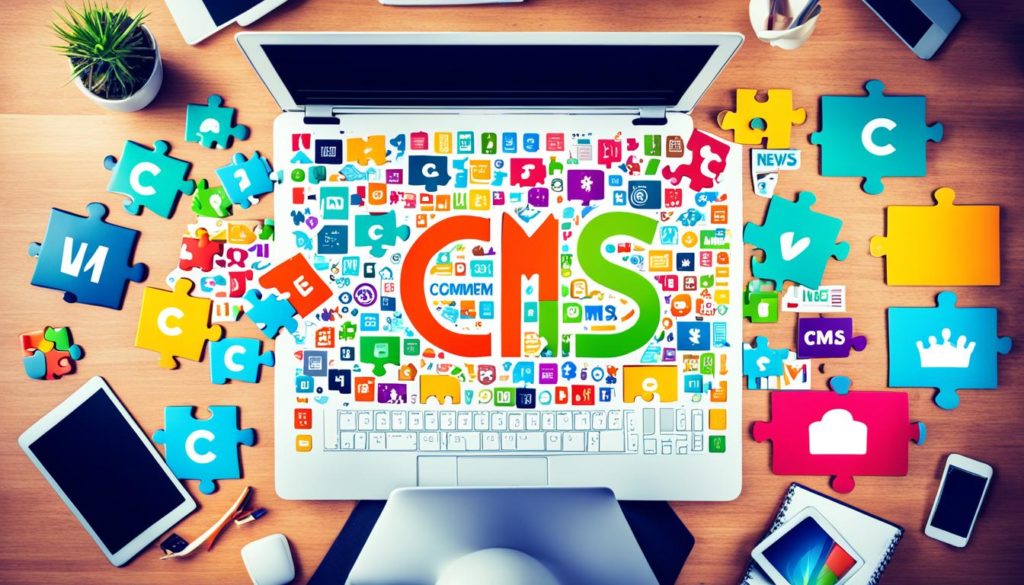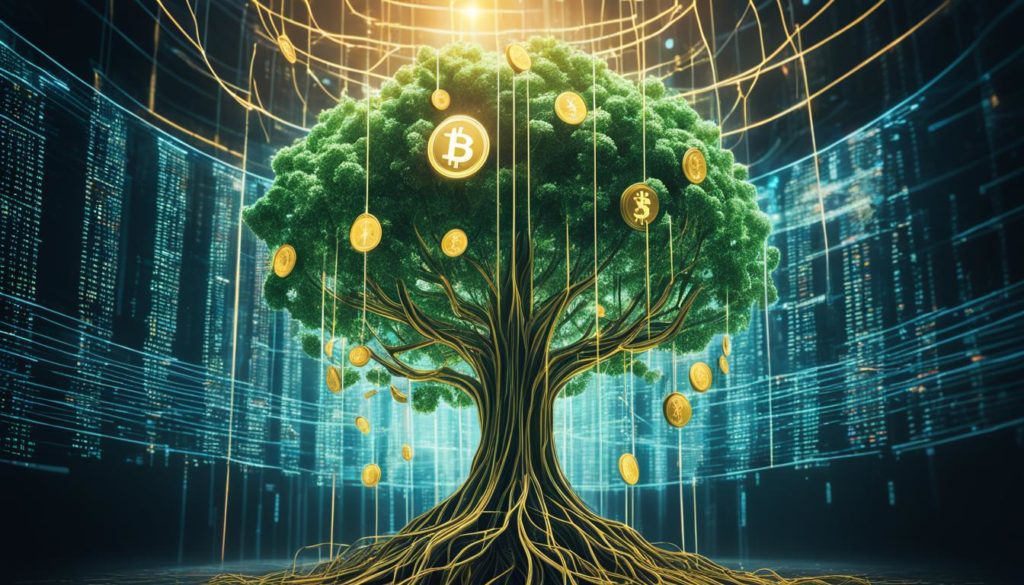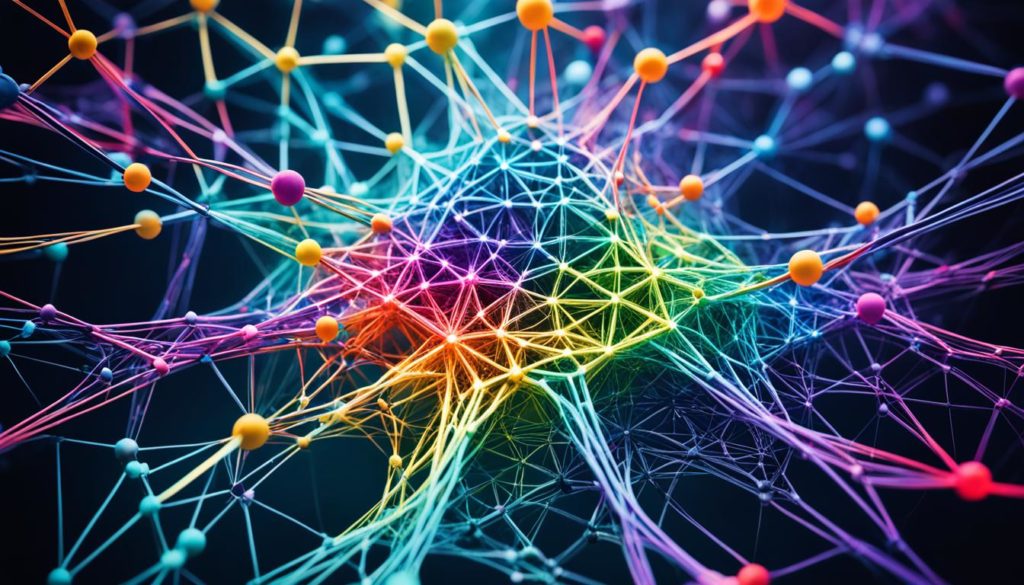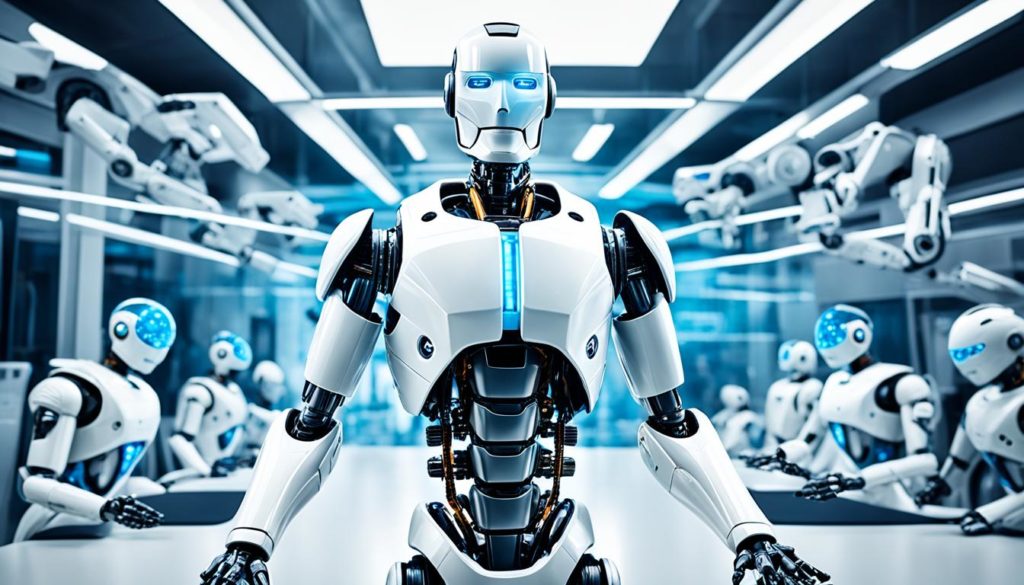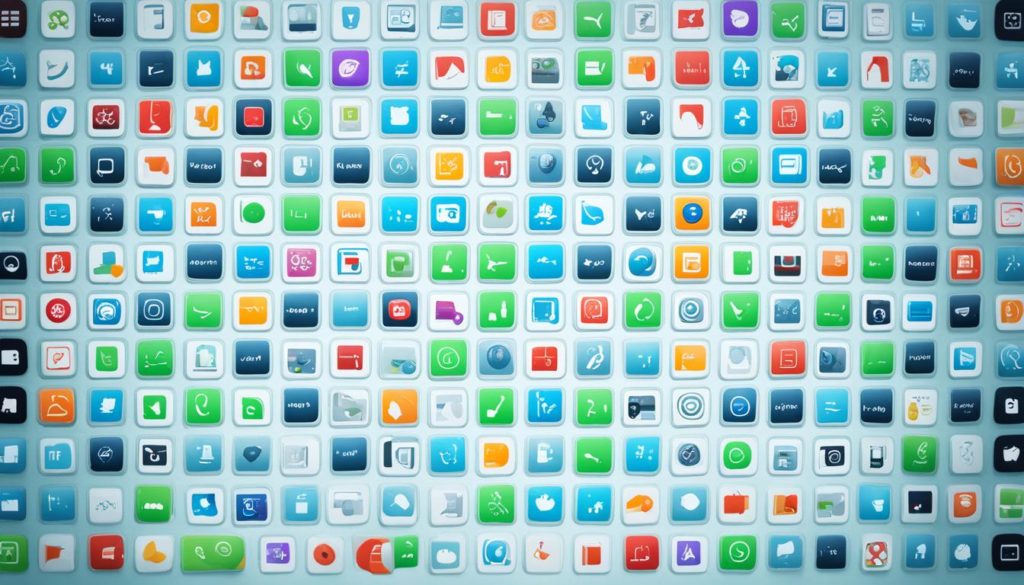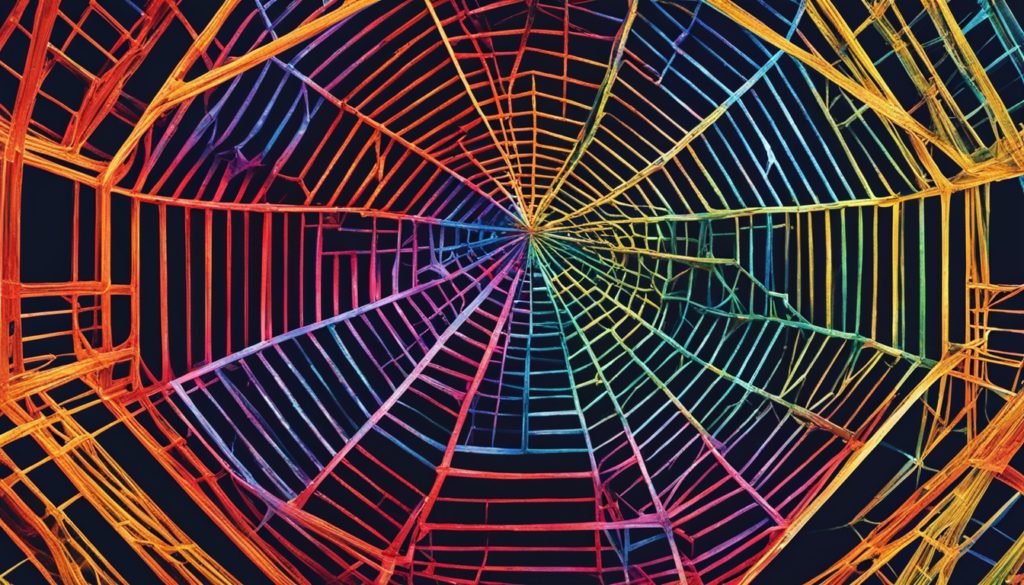
By the end of 2021, over 50% of people globally used the internet. This shows the internet’s vast impact. As we look at the changes between Web 2 vs Web 3, we stand at a turning point. It’s a time of big shifts in Web development trends and Internet evolution. These shifts change how we use digital content and shape our online world.
The internet has changed from Web 1.0 to Web 2.0 and now is heading to Web 3.0. Each stage brought new features and left a lasting effect. It’s important to know about these Web development trends. It helps us see how they affect our daily lives.
Key Takeaways
- The Internet has transformed from Web 1.0 to Web 2.0 and is now advancing toward Web 3.0.
- Over half of the global population is now online, showcasing the profound impact of the Internet.
- Web 2.0 facilitated increased user interactivity and collaboration but has its limitations.
- Web 3.0 aims to decentralize the web, offering greater user control and security.
- Understanding the differences between Web 2 vs Web 3 is essential for navigating future Internet trends.
Introduction to Internet Evolution
The internet’s journey highlights digital transformation. It started with Web 1.0, basic pages without much interaction. But as tech advanced, Web 2.0 brought dynamic online platforms. These sites allowed users to share their content and ideas.
Sites like Facebook, Twitter, and Instagram changed how we interact online. With the help of mobile devices, these platforms became part of our daily life. This shift to more interactive and engaging content defined the era.
Now, we’re at the brink of Web 3.0, the next big step in the internet’s evolution. Known as the Semantic Web, it will make the digital world smarter and more connected. Web 3.0 promises a web experience tailored to each user, sharing data seamlessly.
As we move towards Web 3.0, it’s exciting to see how far online platforms have come. They’ve made a huge impact on our lives. This is a great time to explore what makes Web 2.0 and Web 3.0 different. And it will show how the internet’s next stage will change our online world.
What is Web 2.0?
Web 2.0 changed how we use the internet with its interactive sites. This shift made the web more dynamic. It let people connect and work together in new ways online.
Characteristics of Web 2.0
Web 2.0 made user-generated content popular. Sites like YouTube and WordPress let anyone share their work worldwide. Social media played a big role, creating spaces for interactive communities.
It also introduced tools like AJAX and HTML5, improving how websites look and work. These new technologies made online experiences richer and more enjoyable.
Benefits and Drawbacks of Web 2.0
Web 2.0 gave users a lot of power. They could both see and make content, making the internet more diverse. This led to new ideas and creativity online, offering something for everyone.
Yet, there are downsides too from all this user-created content. It can be hard to tell what’s true, leading to fake news issues. It also means more work to show the best information online. But importantly, it enriches the online space with diverse views from different people.
However, this freedom comes with risks to privacy. People’s data can get in the wrong hands. This points to a big need for stronger security and privacy rules online.
It’s crucial to maintain creativity on the web while also keeping it safe. With Web 3.0 on the horizon, where users have more control, we might overcome these challenges. This new phase can make the internet a better place for everyone, more secure and fair.
What is Web 3.0?
Web 3.0 is the next big step for the internet, after Web 1.0 and Web 2.0. It’s all about being more connected and smart. This is thanks to decentralization, better safety, and uses of artificial intelligence. We’ll look at what Web 3.0 is all about and what it’s used for.
Core Principles of Web 3.0
Web 3.0 follows three major ideas: decentralization, using blockchain technology, and artificial intelligence. These are key to making the internet work better for everyone. They help it be safer and more useful.
- Decentralization: A big deal in Web 3.0 is spreading things out. This means not relying on just a few big servers, like Web 2.0 did. By doing this, it’s harder for things to go wrong and easier to keep everything safe.
- Blockchain Technology: Web 3.0 thrives on blockchain technology. It’s all about keeping records safe and open. With blockchain, we can do things like use digital money, make smart deals, and have finance that’s open to all.
- Artificial Intelligence: AI in Web 3.0 makes our web experience smarter. It helps understand data better and make choices. Thanks to AI, we get web services that are made just for us and that can do some really cool stuff, like teaching itself from data and making the web more connected.
Applications of Web 3.0
Web 3.0 is more than just an idea. It offers real ways to improve things, showing what it can do.
- Smart Contracts: These are digital deals that happen all by themselves. They get rid of the need for a middle person and make deals faster and safer.
- Decentralized Finance (DeFi): DeFi changes how money works, using the best of the blockchain. It lets everyone use money services, not just those with big banks.
- Enhanced Browsing Experiences: Web 3.0 uses smart tech to give us a web that learns from us. This makes browsing smarter and more personal.
- Decentralized Applications: dApps are like regular apps but run on networks that anyone can help build. This makes for apps that are fair, clear, and owned by the people using them.
Web 3.0 is set to change a lot, from how we play in the metaverse to better digital services. It uses decentralization, blockchain technology, and AI to create new ways of doing business and making the web better for all of us.
Main Differences Between Web 2.0 and Web 3.0
The internet’s evolution clearly shows how Web 2.0 and Web 3.0 are very different. These differences matter a lot for those into digital change and expecting better user experiences soon.
Centralization vs Decentralization
In Web 2.0, big platforms like Google and Facebook keep a lot of data and control. But in Web 3.0, things are moving towards less control by big companies. This switch lets users keep their data safe and private with the help of blockchain tech.
- Centralized Model (Web 2.0): It’s handled by giant tech companies, which can lead to using data without permission and privacy worries.
- Decentralized Network (Web 3.0): This gives back control to users, making it less necessary to put trust in third parties.
User Interaction and Data
There’s also a big difference in how our actions and data are dealt with. Web 2.0 uses our actions to make money, often without our knowledge. But Web 3.0 is working to change this by letting users own their data. This way, users can make money from how they interact online.
| Aspect | Web 2.0 | Web 3.0 |
|---|---|---|
| User Control | Limited | Extensive |
| Data Ownership | Platform-centric | User-centric |
| Monetization | Platform profits | User profits |
These changes mean more safety for our data and a new way to look at making money online. By looking at how websites have changed from Web 2.0 to Web 3.0, we can see a big move towards a better, friendlier internet. This comparison shows the big steps taken in digital change. It also suggests even better user experiences in the future that are all about personal control and privacy.
Impact on User Experience
The move from Web 2.0 to Web 3.0 will usher in big user experience upgrades. These are set to transform our interaction with online platforms.
One huge change is better personalization. Web 3.0 will connect the internet in a way that’s smarter, using AI and machine learning. This means the internet will act in ways that fit each person better, making it more intuitive and personal for users.
Additionally, users will gain more power in Web 3.0. They’ll have more say in how their data is used and their online life. This change pulls power away from big companies and gives it back to the users.
Moving into the future of the internet, we will see a more user-focused design. This doesn’t just mean things work better. It also focuses on keeping user data safe and private, using decentralization and strong security tools.
To show how things will change for the better, let’s look at some key differences:
| Aspect | Web 2.0 | Web 3.0 |
|---|---|---|
| Personalization | Basic, often generalized | Advanced, highly customized |
| Data Control | Controlled by centralized entities | User-controlled in a decentralized manner |
| Security | Varies, often dependent on platform | Enhanced through cryptography |
| Privacy | Moderate, with third-party access | High, with user autonomy and control |
Web 2 vs Web 3: What the Future Holds
The internet is always changing. The shift from Web 2.0 to Web 3.0 is happening fast. Web 2.0 has given us great tools like social media and online shopping. But, Web 3.0 promises a new, decentralized way of using the internet.
What’s next for the internet? It’s about adapting to new developments, like using blockchain for secure and clear online deals. Web 3.0 is also bringing decentralized apps (dApps). These will let people have more say over their info and who they are online.
So, what’s the big difference between Web 2.0 and Web 3.0 for us?
- Data Ownership: Web 3.0 puts the users in charge of their data, not big central servers like in Web 2.0.
- User Participation: While Web 2.0 is about sharing content, Web 3.0 lets users be part of how sites work and are managed.
- Security: With Web 3.0’s tech, it’s harder for bad guys to mess with data, which is great for keeping everyone safe online.
These changes are going to shape how the internet works, making the experience all about the user. Companies like Ethereum and Polkadot are showing us what’s possible with their new tech.
As the internet moves from Web 2.0 to Web 3.0, we’re looking for more control and privacy online. This shift is pushing both big companies and startups to rethink how we use the internet. The effects on tech and society could be huge.
Web 3.0’s setup is going to change how companies find new markets and make money. We’re in for a big, positive change in the digital world soon.
Technological Components Supporting Web 3.0
Understanding Web 3.0 means knowing about its tech. This new digital era relies on blockchain technology, smart contracts, and digital assets. These techs are key to making decentralized apps work.
Blockchain
Blockchain is vital for Web 3.0. It’s based on systems like Ethereum and Bitcoin that are not controlled by one entity. This makes things more clear and open without the need for someone to mediate. Users can use services freely and directly because of this.
New tech like decentralized networks, edge computing, and AI are making Web 3.0 better. They make it secure, clear, and do things faster. By 2025, the business value of blockchain is expected to pass 39 billion U.S. dollars. This shows how important it will be in the future.
Smart Contracts
Smart contracts are coded agreements that run themselves. They make deals happen without a middleman, cutting down on fraud. In Web 3.0, they’re being used more in areas like finance, logistics, and healthcare. This makes those fields run smoother and safer.
| Component | Function | Industry Impact |
|---|---|---|
| Blockchain | Decentralized ledger technology | Finance, Logistics |
| Smart Contracts | Automated execution of contracts | Healthcare, Retail |
| Digital Assets | Virtual representations of value | Marketing, Media |
Digital Assets and Tokens
Digital assets and tokens are big in Web 3.0. They stand for value and can be traded within apps. These can be anything from cryptocurrencies to NFTs. They’re making new business models and more money for those who use them.
The mix of blockchain, smart contracts, and distributed ledgers is changing the internet. It’s making everything work without one overseer. This makes the internet more honest, clear, and fast.
Want to know more about Web 3.0? Check out this link for news. To see the differences between Web 1.0, 2.0, and 3.0, click here.
Conclusion
Our journey has shown us the amazing changes from Web 2.0 to Web 3.0. Web 2.0 made the internet a fun, interactive place. It let users create content and connect with each other. But it also raised concerns about privacy and control.
Then comes Web 3.0, leading us into a new era. It is all about a decentralized internet using new tech like blockchain. This change promises a safer and more personalized web. It aims to make users the real owners of their data, removing the need for middlemen.
Of course, moving to Web 3.0 won’t be easy. There are technical and legal challenges to overcome. But its potential to transform the internet’s future is huge. It might just be what we need for a more open and fair digital world, built on trust and empowerment.
FAQ
What are the key differences between Web 2.0 and Web 3.0?
Web 2.0 is all about users creating content and social media. Web 3.0, on the other hand, focuses on being decentralized. It uses blockchain and helps in making the internet safer and more personal.
How has the internet evolved from Web 1.0 to Web 3.0?
The internet has changed a lot. Web 1.0 had only simple web pages to read. Web 2.0 made the web interactive with social media. Now, with Web 3.0, we’re going towards a more secure and decentralized internet.
Can you explain some characteristics of Web 2.0?
Web 2.0 brought in new ways for users to create content and connect. It made the internet more social and interactive. But, it also brought up problems like fake news and privacy issues.
What are the benefits and drawbacks of Web 2.0?
Web 2.0 let users be more creative and connect with each other. But, it also created issues with false information and privacy. It was harder for users to know what was true online.
What are the core principles of Web 3.0?
Web 3.0 stands on decentralization and uses blockchain and AI. It aims for a more open and safer internet for everyone to use.
How is blockchain technology used in Web 3.0?
In Web 3.0, blockchain helps keep things safe and separate. It makes online dealings clear and protects your digital stuff with smart deals and tokens.
In what ways will user experience improve with the shift to Web 3.0?
Web 3.0 will make your online life more personal and smart. You’ll have better control over what’s yours and enjoy a smoother time surfing the web.
How does Web 3.0 impact data ownership and security?
Web 3.0 gives you more say over your online info. It makes things less about big powers and more about keeping what’s yours safe with new web techs.
What does the future hold for Web 2.0 and Web 3.0?
Web 2.0 will keep growing and changing the web. Web 3.0, though, has big potential to change how we use the internet with new money, direct web connections, and safer apps for all.
What are smart contracts and their significance in Web 3.0?
Smart deals are sets of rules that run by themselves. They make transactions smooth and safe without a middleman. A big part of Web 3.0, they open up a world of finance and other online things.
What role do digital assets and tokens play in Web 3.0?
These online valuables are key in making the Web 3.0’s apps work. They help keep transactions safe and open, letting people own digital things and join in online networks safely.
Future App Studios is an award-winning software development & outsourcing company. Our team of experts is ready to craft the solution your company needs.



